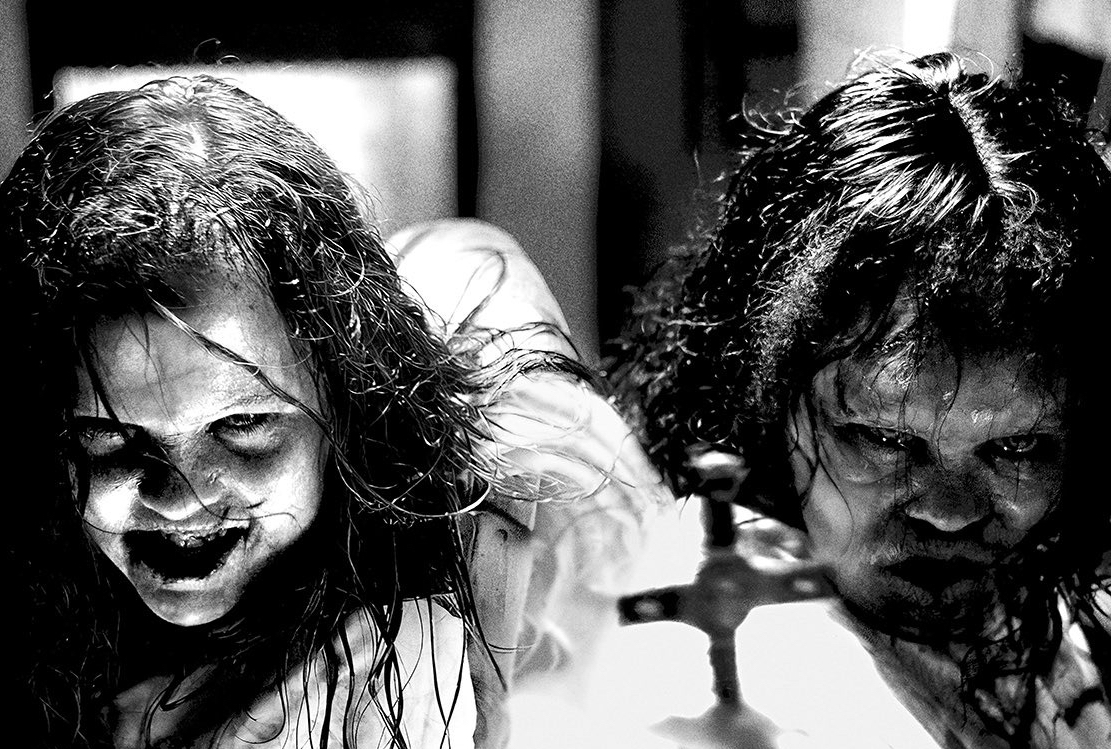
Quietly, one of the biggest box-office success stories last weekend was a continuation of an almost 19-year-old, 10-film-long horror franchise.
Saw X, which sees series antagonist Jigsaw (played by Tobin Bell) travel to Mexico for a risky medical procedure, earned $18.3 million in North American ticket sales. That's not terribly impressive on paper, but coupled with its $11.3 million in international receipts, Saw X performed well enough to recoup its widely reported $13 million production budget, along with its prints and advertising cost, in its first weekend, while landing in the second-to-top spot at this weekend's domestic box office.
Revenue from subsequent TVOD, SVOD and FAST windows will further incentivize studio distributor Lionsgate to narratively ensure tormenter Jigsaw’s survival from his cancer scare, and commission Australian filmmakers Australian filmmakers James Wan and Leigh Whannell to shoot Saw XI.
Indeed, as we're shown every October in an era when the domestic box office remains in steep secular decline, the horror genre is as enduring as Jigsaw.
The annual theatrical “screamfest” will continue this coming weekend with the premiere of Exorcist: Believer, the first Exorcist film made by Universal Pictures and prolific and acclaimed horror producer Jason Blum following a $400 million deal for rights to shoot three new series installments.
With Blum calling it the riskiest move of his career, the buzz entering Exorcist: Believer's first weekend isn't great, with Rotten Tomatoes aggregating the film at 22%, so who knows if the risky gambit will pay off for Universal and parent company Comcast.
But even outside the pre-Halloween release window, horror franchises have continue to deliver predictably solid performances at the domestic box office without the need of movie-critic sanctioning.
The smarter way to stay on top of the streaming and OTT industry. Sign up below.
Consider that Warner Bros.’s The Nun II just grossed $233.6 million worldwide globally in September, while leading the domestic box office for three consecutive weekends, with an aggregated reviews score of 52%.
In July, the latest installment of yet another Blumhouse horror franchise Insidious — which was also originally created by Saw impressario Whannell — also led the weekend domestic box office. Insidious: The Red Door went on to gross $188.6 million globally with critics aggregation of only 38%.
And in March, the premiere of Paramount's Scream VI led North American theaters with $113.6 million in receipts on the way to a global haul of nearly $169 million.

Mathias Clasen, director of the Recreational Fear Lab and associate professor at Aarhus University in Denmark, believes horror's endurance ties directly to the emotional engagement of the audience.
“Horror appeals to us because it simulates dangers that humans have evolved to attend to,” Clasen wrote her 2017 book Why Horror Seduces. “The idea here is that evolution has wired our reward system to activate in response to experiences that allow us to learn threatening information.”
In short, scary movies cater to our hardwired, primal fears — sharp teeth, long claws and murderous men.
According to a 2019 study published by Margie Kerr, author of Scream: Chilling Adventures in the Science of Fear, our bodies release hormones when scared by things like horror films. “When you look at the brain of someone who is screaming, it looks very similar to someone who just watched somebody scream … Horror movies do allow us to connect with these different types of characters, and in doing so, think about who we are.”
And it works in favor of the traditional theatrical release window that people — particularly those age 18-34 — like to experience these films in groups rather than alone on the couch watching Netflix.
“Where else can you be with hundreds of strangers in a room all having the same exact experience?” Marc Weinstock, Paramount’s worldwide marketing and distribution president, said in an interview with CNN last year. “You’re not distracted, you’re just sitting there and you have no idea what’s going to happen next. You can only experience in a theater.”
Horror is especially popular among young people, with a study by Movio revealing that the genre’s audience skews 11% younger than the film industry average. Considering the Global Cinema Advertising Association’s findings that more than half of movie theater visits come from the 14-to-35-year-old demographic, capturing a young audience is critical to the industry’s success.
Jack Reid is a USC Annenberg Journalism major with experience reporting, producing and writing for Annenberg Media. He has also served as a video editor, showrunner and live-anchor during his time in the field.
